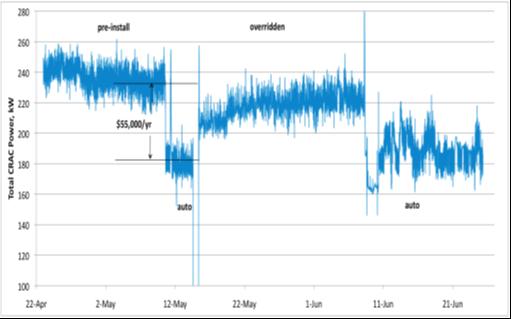Smart Loading for the Smart Grid – New Directions in Cleantech
I recently participated in a TiE Energy Panel (The Hottest Energy Startups: Companies Changing the Energy Landscape), with colleagues from Primus Power, Power Assure, Mooreland Partners and Gen110.
The panel concurred that the notion of Cleantech – and the investment money that follows it – has shifted from a focus on energy generation to a focus on energy management. To date, this is primarily because cheaper energy sources, hyped in early Cleantech press, haven’t materialized. It’s hard to compete with heavily subsidized incumbent energy sources, much less build a business for what’s perceived as a commodity business. There are exceptions, like solar energy development, but other alternative sources have languished financially despite their promise.
The investment shift toward energy management is also a result of emerging efficiency-focused technology. Data Center Infrastructure Management or DCIM is all about smart management – with an emphasis on energy. Gartner believes that there are some 60+ companies in this space, which is rapidly gaining acceptance as a data center requirement.
This shift is also supported by the convergence of other technology growth areas, such as big data and cloud computing, both of which play well with energy management. As our increasingly sensor-driven environment creates more and more data – big data – its volume has surpassed the ability of humans to manage it.
And yet the availability of this data, accurate, collected in real-time, inclusive of the dimensions of time and location, represents real promise. Availability and analysis of this information within individual corporations and perhaps shared more broadly via the cloud, will reveal continuous options for improving efficiency and will likely point to entirely new means of larger scale energy optimization through an integrated smart grid.
The days of facility operators running around with temperature guns and clipboards – although still surprisingly common today – is giving way to central computer screens with consolidated and scannable, actionable data.
This is an exciting time. I’m all for new ideas and the creation of less expensive, less environmentally harmful ways to generate energy. But as these alternative options evolve, I am equally excited by the strides industry has made for the smarter use of the resources we have.
The wave of next generation energy management is still rising.


